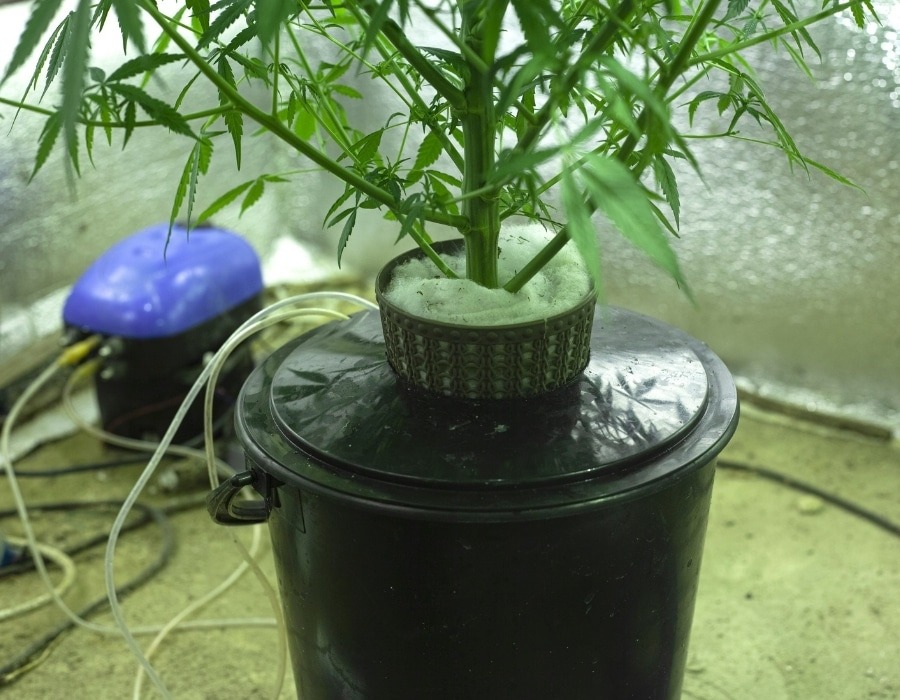In the vast and ever-expanding world of hydroponic growing, few hydro systems produce consistently effective results as Deep Water Culture, or DWC, systems. A simple concept and setup, DWC offers an array of benefits that other systems simply cannot. Resulting in strong, unbound root systems, rapid growth, and increased yields, Deep Water Culture is a favourite among seasoned veterans and novice beginners, both for its ease of use and potential for abundant harvests.
What is Deep Water Culture?
In its most basic form, a Deep Water Culture system is a self-contained soilless grow system that suspends a plant’s roots in an oxygenated nutrient solution. Because the plant’s roots are not inhibited by the typical growing medium, such as soil or coco coir, and instead dangle into the oxygen-rich nutrient solution, micro and macronutrients are much more readily available for uptake. The result is a faster-growing, denser root system, leading to stronger plants with greater potency and higher yield. The internet is teeming with pictures of cannabis growers proudly displaying massive, wild root structures developed in DWC systems.
Often a single bucket or bucket system connected to a reservoir, DWC systems are vastly popular for their effectiveness, ease of use, and simple setup. Complete Deep Water Culture hydroponics systems can be purchased ready-to-go out-of-the-box, but many growers prefer to design and construct their own DIY bucket system. Though the design may initially appear complicated, its simplicity is actually one of its significant advantages.
How Does DWC Work?
Like most hydroponics, Deep Water Culture systems employ a pH-balanced, aerated nutrient solution to supply plants with their nutritional needs. The effectiveness of DWC growing results from the introduction of significant amounts of dissolved oxygen into the nutrient solution through an air pump and air stone. This constant aeration of the nutrient solution makes it possible for your plants to absorb massive amounts of oxygen, spurring on much faster growth. Some growers have reported that their vegetative period was cut in half after switching to DWC!
In a DWC system, plants are suspended in a soilless growing medium (usually hydroton pebbles or Rockwool cubes) and held in a net cup, allowing the roots to hang down into the oxygenated nutrient solution below. As a result, roots will not need to actively seek out nutrients from the medium, leaving them to develop freely and create a large root mass that will continuously feed around the clock.
